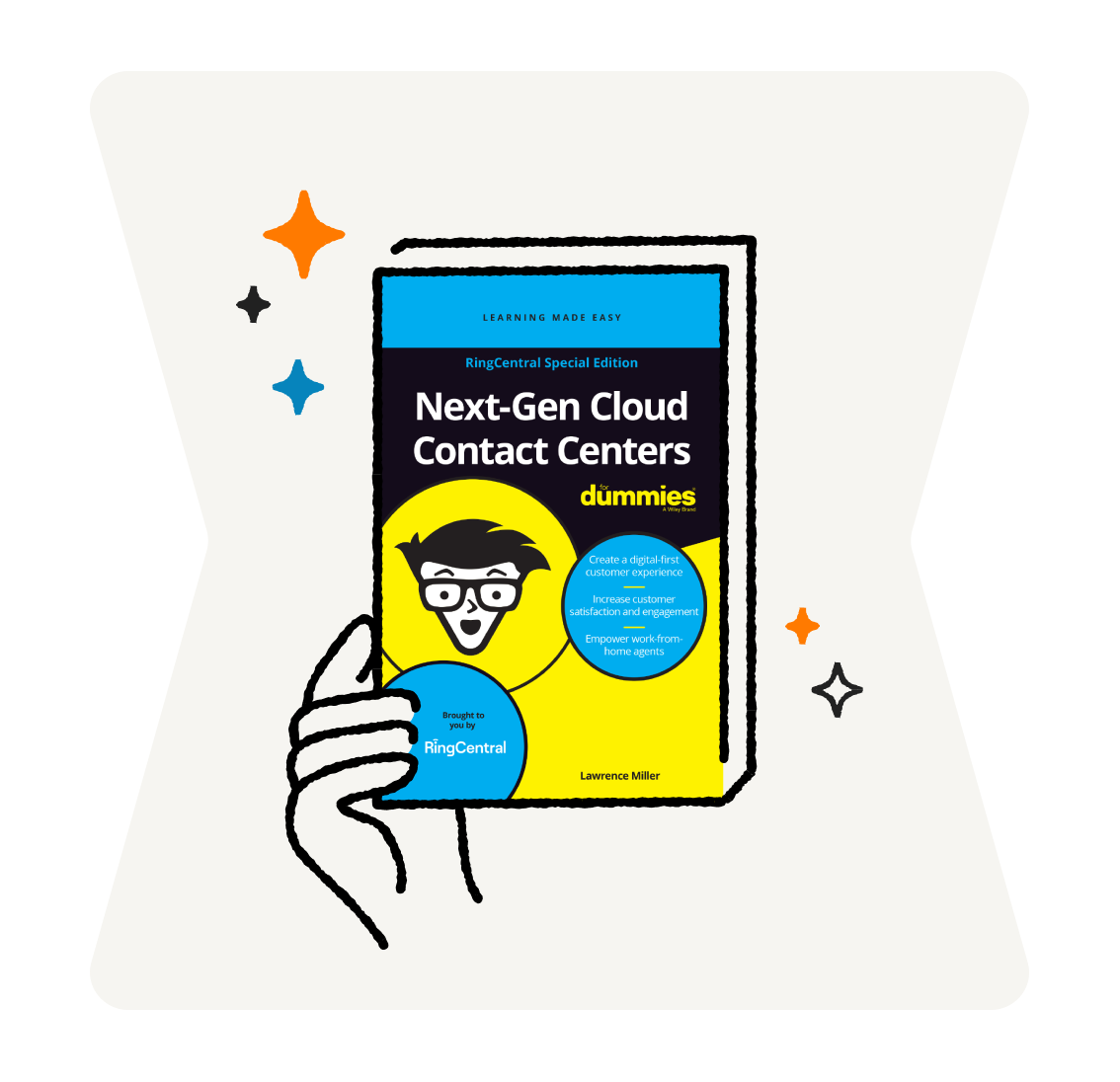Highlights:
- Today’s cloud contact systems are a significant upgrade from the call centers that preceded them.
- The Cloud offers compelling advantages over on-premises, self-hosted arrangements, including real-time data access, off-premises connectivity, and scalability at will.
- Work-from-home customer service models have demonstrated the effectiveness of cloud technologies to support robust interactions, regardless of an agent’s location.
Modern-day customer contact centers are omnichannel and tech-driven. Customers can contact companies through a vast range of options, from conventional phone calls and emails to new-gen channels like online chats, mobile apps, and social media. Now, cloud-based contact systems are emerging as the next phase of customer interaction, introducing multichannel communication and data access beyond the confines of physical call centers.
Next-generation cloud contact systems are a significant upgrade from the call centers that preceded them. Here, we’ll explore the remarkable evolution of contact center solutions over the years to give you some sense of current and incoming technologies and their critical contribution to your business.
This article covers the contact center transformation in the following sequence of events:
- Call centers in pre-digital times
- Advanced network connectivity
- From call centers to contact centers
- Journeying to the Cloud
- Next-gen cloud-based contact centers
⭐ Take your contact center to a whole new level ⭐
Next-Gen Cloud Contact Centers for Dummies®, RingCentral Special Edition eBook
Call centers in pre-digital times
Call centers have been synonymous with customer service for decades. According to records, the earliest call center was implemented by The Birmingham Press and Mail in 1965. This system used the ground-breaking GEC PABX 4 Automatic Call Distributor (ACD) to filter incoming calls and assign them to the free agents. Soon after, ACD technology replaced human operators in various large-scale companies, offering a more flexible automated system that could handle more calls.
The most progress in ACD adoption came in the 1970s when call centers started giving companies a distinctive edge in their markets. As a result, companies rushed to partner with phone operators, while others established their own phonebanks. Fueled by demand, ADC technology advanced rapidly, achieving the capability of distinguishing between call types and connecting them to specific agents. This improvement cut down call waiting times and expanded call center capacity enough to make toll-free calls viable.
Call centers became a global phenomenon in the 1990s. By this time, companies with centers in different sites could route calls among themselves through phone lines. Phone banks pushed innovation even further with 24-hour services, supported by automated voice response and speech recognition.
Advanced network connectivity
Until the 1990s, call centers typically used analog lines to connect to telephone networks. Then the first wave of digital connectivity hit, and the industry quickly realized the need for digitization. Communication protocols soon emerged to define how call centers used digital networks to send information, eventually giving way to IP telephony systems in the early 2000s.
IP systems opened up call centers to the Internet and laid the foundation for today’s Computer Telephony Integration (CTI) systems.
From call centers to contact centers
Call centers were still on the rise and in increasingly high demand at the turn of the century. Although digitization was creeping in, phones remained the number one communication channel globally.
However, the proliferation of mobile devices was causing an exponential increase in calls, and call centers could not expand fast enough. Customers began experiencing long queues and endless automated phone trees, and when they finally got through, they were greeted by the dull voice of an overworked agent.
Fortunately, the digital age was in full swing, and connectivity was gradually expanding from phone and texts to emails, mobile apps, social media, and live chats. Companies began expanding call center capabilities to handle these new channels and encouraging customers to use them. As a result, call centers became central hubs of contact, necessitating a change of name to contact centers.
While the term “call center” is still used today, most industry players consider it outdated. Instead, they prefer calling it a contact center because customers can establish contact with service agents in a lot more ways than they did back in the 1960s.
Journeying to the Cloud
The evolution of call centers into omnichannel contact centers came with substantial benefits but also necessitated significant investment in storage systems. Companies needed to continuously accumulate customer data to achieve seamless online interaction and improve problem-solving efficiency. As the amount of data increased, so did the cost of maintaining on-premises servers.
Thankfully, cloud technology was advancing quickly. For contact centers, moving data to the Cloud was a much cleaner and cost-effective option compared to physical servers. It also provided data access beyond the confines of physical office spaces.
The emergence of artificial intelligence and machine learning made cloud contact systems smart enough to sift through data and give agents timely, accurate information whenever customers reach out for support. AI/ML also enabled cloud-based centers to learn from previous customer interactions and create more personalized experiences.
The Cloud offers compelling advantages over on-premises, self-hosted arrangements. With a cloud-based platform, customer service teams can access what they need and add more capabilities at will, achieving greater flexibility, agility, and scalability. Gartner predicts at least 50% of all contact centers worldwide will be in the Cloud by 2022.
Next-gen cloud-based contact centers
In-office contact centers took a heavy blow at the onset of COVID-19, which forced customer service agents to set up workstations at home. Consequently, many companies using on-premises customer engagement platforms hurriedly pushed cloud migration to the top of their agendas. The businesses that successfully deployed the necessary cloud infrastructure maintained close customer contact at a time when customer retention was critical. As a result, they maximized returns and kept afloat while less agile competitors lost their footing.
Work-from-home customer service models have demonstrated the effectiveness of cloud technologies to support robust interactions, regardless of an agent’s location. Next-gen cloud-based contact center software provides an all-encompassing customer service environment that incorporates all possible contact channels in a holistic, fluid manner. Moreover, by utilizing advanced data integration and AI/ML, these systems give agents real-time access to relevant data, shortening resolution times and boosting customer satisfaction. They also capture data from customer service sessions in real time, transforming contact centers into valuable sources of business insights.
Next-gen cloud contact centers are the future of customer service. If you are yet to move your customer contact systems to the Cloud, now is the time to call the experts. Click here to access the RingCentral Special-edition eBook: Next-Gen Cloud Contact Centers and learn how you can get started with a cloud-based center today.

Updated Aug 26, 2024











